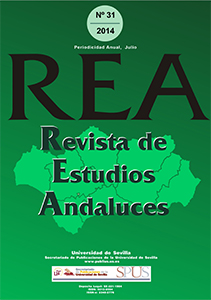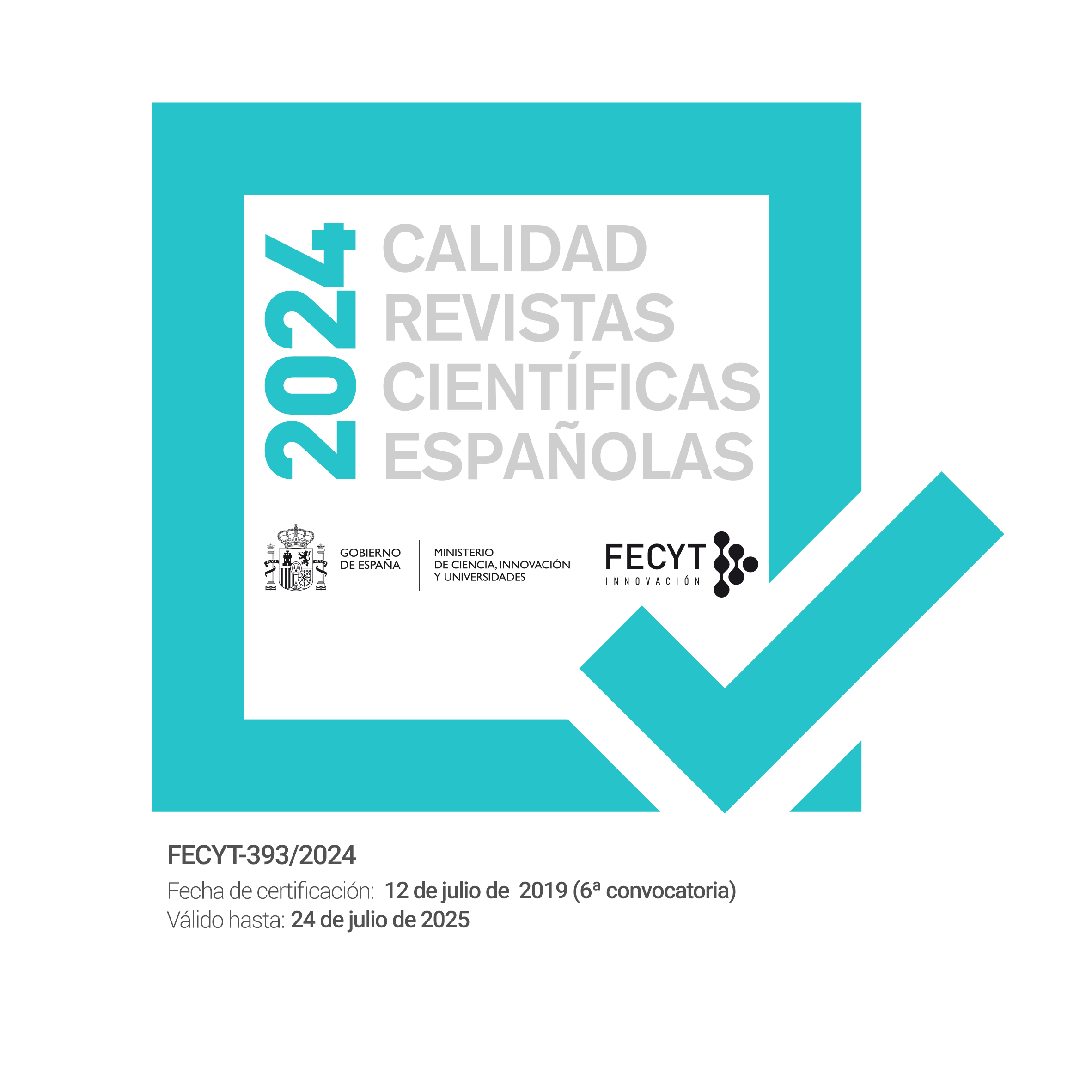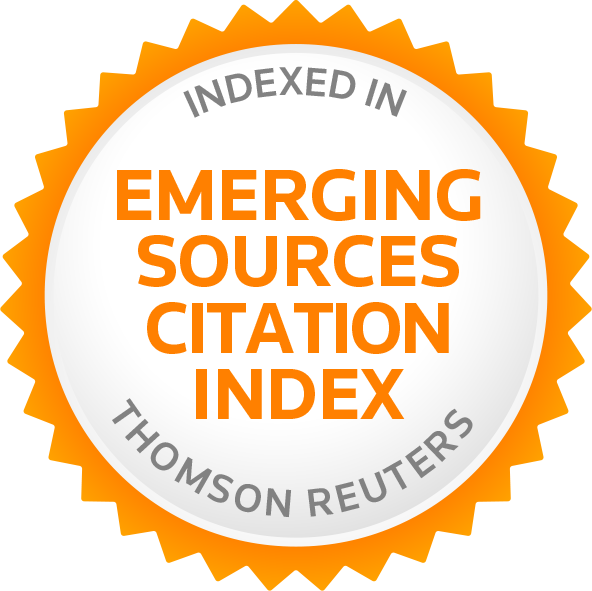El desarrollo de la identidad de grupo andaluza
DOI:
https://doi.org/10.12795/rea.2014.i31.04Palabras clave:
Al-Andalus, identidad de grupo, redes sociales informalesResumen
A lo largo de sus 700 años de historia, Al-Andalus tuvo de forma consistente la imagen de “Paraíso terrenal” a pesar de sus continuos problemas económicos, sociales y políticos y amenazas externas. Este estudio intenta explicar cómo se creó la Identidad Andaluza, cuáles fueron sus principales características, porqué se consideraron un grupo que desarrollaba admiración y cómo esta información ha sido mantenida y transmitida a lo largo del tiempo.
Esta investigación tuvo lugar en 2005 en el Sur de España, zona antaño llamada Al-Andalus. Una combinación de fuentes primarias y secundarias, junto a artefactos visuales de naturaleza histórica sirven de base para este análisis. La base teórica para este trabajo fue desarollada utilizando diferentes teorías sociales de los autores Bourdieu, Ringrose, Piaget, Cavalli-Sforza y Maslow.
Descargas
Citas
Allot, R. (1998): “Group Identity and National Identity,” presented at conference of European Sociobiological Society, Moscow.
www.percepp.demon.co.uk/groupnat.htm [June25, 2005].
Benaboud, M. (1980-81): “Asabiyya and social relations in al-Andalus during the period of the Ta’ifa States (11th century AD/5th century AH)”, Hesperis Tamuda 19, 5-45.
Benaboud, M. (1984): “Socio-political role of Andalusian Ulama during 5th/11th century”, Islamic Studies 2, 103-41.
Bourdieu, J. (1984): Distinctions. A Social Critique of the Judgment of Taste. Harvard University Press.
Bulliet, R. W. (1979): Conversion to Islam in the Medieval Period. Cambridge, Mass. and London: Harvard University Press. http://dx.doi.org/10.4159/harvard.9780674732810
Cavalli-Sforza, L. (2000): Genes, Peoples, and Languages, North Point Press (2000).
Chamberlain, M. (1994): Knowledge and Social Practice in Medieval Damascus, 1190-1350. New York: Cambridge University Press.
Constable O. R. ed. (1997): Medieval Iberia. Philadelphia: University of Pennsylvania Press.
Ecker, H. (2004): Caliphs and Kings: The art and influence of Islamic Spain. Washington, D.C.: University of Washington Press.
Eickelman, D. F. (1974): “Is There an Islamic City? The Making of a Quarter in a Moroccan Town,” IJMES, 5, 274-94.
Glick, T. F. (1979): Islamic and Christian Spain in the Early Middle Ages. Princeton: Princeton University Press.
Ibn Khaldun, Rosenthal, F. and Dawood N.J., (1967): The Muqaddimah: An Introduction to History, Princeton University Press.
Irving, T.B. (1967): “The Process of Arab Thought in Spain,” Studies in Islam 4, 65-96.
Jones, S. (1977): The Archaeology of Ethnicity, New York: Routledge.
Kudelin, A.B. (2003): “Arabo-Spanish Strophic as a mixed system.” Arabskaya Literatura. Moscow: Yazyki Slavianskoi Kultury, 255-92.
Maslow, A. H. (1943): “A theory of human motivation”, Psychological Review, 50(4), 370–96. http://dx.doi.org/10.1037/h0054346
Mottahedeh, R. (1980): Loyalty and Leadership in an Early Islamic Society. New Jersey: Princeton University Press.
Ringrose, D. R. (2002): “Beyond the Mediterranean: Europe Connects with the World, 1400-1700.” Conference on Fernand Braudel, UCLA
Wadsworth, B. J. (2004): Piaget's theory of cognitive and affective development: Foundations of constructivism. Longman Publishing.
Descargas
Publicado
Cómo citar
Número
Sección
Licencia
La edición electrónica de la Revista de Estudios Andaluces se ofrece en acceso abierto desde el número 28 publicado en 2011 hasta la actualidad. Las ediciones impresa y electrónica de esta Revista son editadas por la Editorial de la Universidad de Sevilla, siendo necesario citar la procedencia en cualquier reproducción parcial o total.
La Revista de Estudios Andaluces no cobra tasas por el envío de trabajos, ni tampoco cuotas por la publicación de sus artículos. La Revista es gratuita desde el momento de la publicación de cada número y sus contenidos se distribuyen con la licencia “CreativeCommons Atribución-NoComercial-SinDerivar 4.0 Internacional” , que permite al usuario de la Revista de Estudios Andaluces criterios que cumplen con la definición de open access de la Declaración de Budapest en favor del acceso abierto. Puede consultar desde aquí la versión informativa y el texto legal de la licencia. Esta circunstancia ha de hacerse constar expresamente de esta forma cuando sea necesario.







